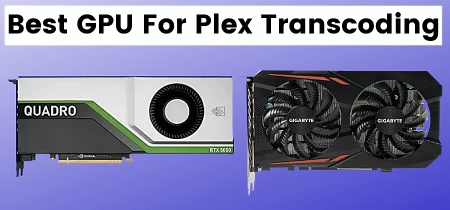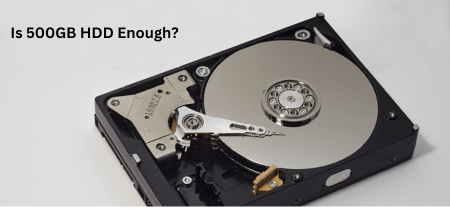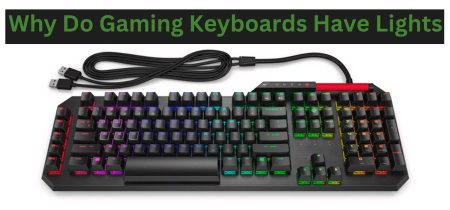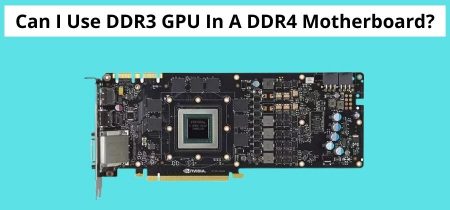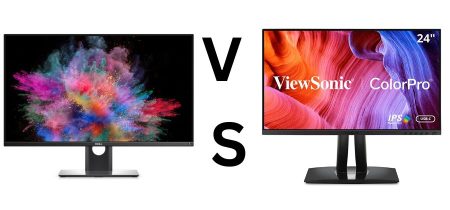Are you wondering, “Why Is My Graphic Card So Hot?” Overheating may harm a graphic card, which is one of the most expensive pieces of computer equipment. Monitoring the GPU’s temperature is so critical.
Graphic cards are built to withstand high temperatures since they are continually subjected to intense loads that create more excellent heat. The maximum temperature that your graphic card can withstand is determined by the manufacturer, the amount of thermal paste used, airflow, and the age of your graphic card.
The aim of this article is to show you how to figure out when your GPU is overheating, its causes and symptoms, as well as what you can do to cool it down.
How Can I Tell If My Graphic Card Is Overheating?
Are you wondering, “Why is my graphic card so hot?” When the graphic card is under heavy load, graphics processing overheats. This implies that your graphic card’s temperatures will change depending on the application. Moreover, gaming may cause higher heat than video rendering.
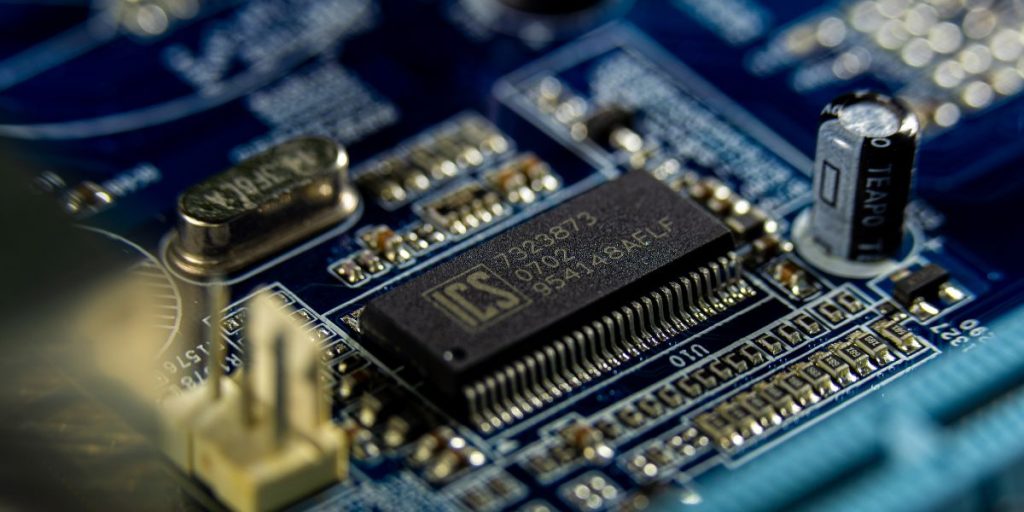
It is entirely safe for your graphic card to run at temperatures under 60°C, while temperatures between 80°C and 90°C aren’t harmful, but you should consider more excellent cooling at the higher end of the range. There is a considerable danger of hardware damage at temperatures exceeding 100°C.
It may not be safe to expose your Graphics to temperatures beyond 80°C if the thermal paste has dried out and proper ventilation has not been provided.
Also Read: How To Connect Graphics Card To Power Supply?
Why Is My Graphic Card So Hot-7 Reasons
- Dusty heat sink
Unlike other hardware components, the heat sink is passive and contains no moving elements, making it exceptionally hard to break. However, if the heat sink fails to do its role, the graphic card will most certainly overheat.
If you are wondering, “why is my graphic card so hot?” Then excessive dust is a prevalent issue. Over the course of a year, the internal heat sink can quickly become blocked with dust. Thus regular maintenance is strongly suggested. If you haven’t cleaned the device in a long time, dust accumulation may hinder the heat sink’s only function.
- Overclocked GPU
The process of overclocking enables a graphic card to increase its processing power by increasing the speed of its cores. Some manufacturers may do this process in the factory.
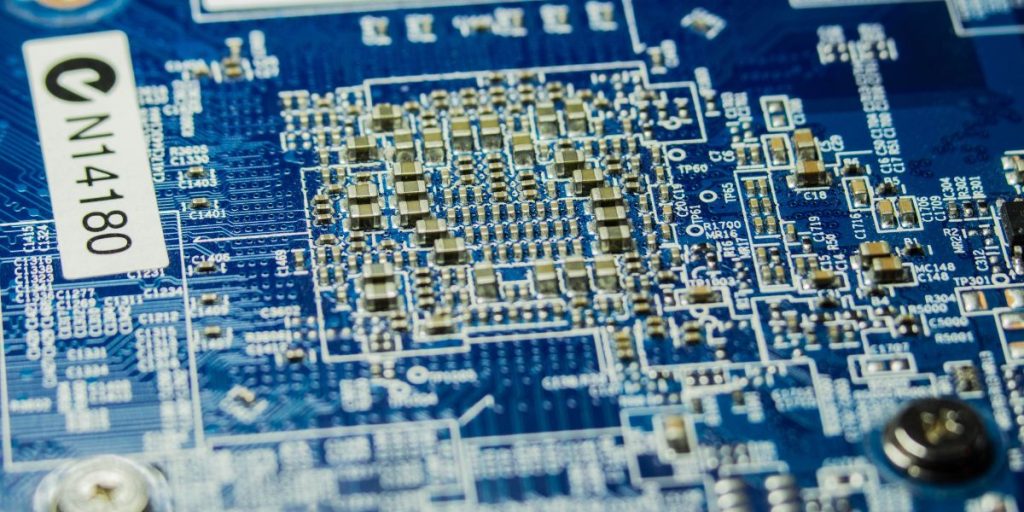
In order to improve the performance of their graphic cards, users voluntarily overclock them. Overclocking is known for contributing to the excessive heat produced by GPUs. Therefore, it is necessary to undo or revert all settings to default settings.
- Stressed Graphic Card
Overheating of a GPU occurs when it is put under excessive loads, which causes it to overheat. A graphic card has maximum thresholds, so make sure that your GPU can support your graphics-intensive games, applications, and tasks that use graphics intensively.
If you are playing a game, you could try lowering the display resolution or graphics details to minimize the load on your graphics card or GPU.
- Cooling system
Many people utilize liquid cooling for their graphic cards to improve performance. Despite this, there is no evidence that this is a solution that most mainstream users should consider.
Unless you plan to overclock your graphic card, you will not see any immediate performance increases. Finally, a liquid cooler will not solve airflow problems. Thus if your case has poor dynamics, the liquid in the cooler will ultimately heat up. It could save a few degrees, but it won’t make a huge difference.
- Old Graphic Card
In some cases, you may find that your graphics card is too old to support the applications you are currently running. Having overloaded the graphics card, the result will be the card overheating. An incompatible graphics card is one of the most likely to overheat.
In order to upgrade your graphic card, you will need to purchase a new one. If you have assembled your computer and the graphic card is incompatible with your computer, you will have to find an alternate GPU for your laptop.
- Software problems
Another important reason is the software problems. If you constantly overwork the graphics card through the use of incompatible software, it can cause the graphics card to overheat. The persistent nature of some of these issues will eventually lead to the graphic card failing.
- Hardware problems
The overheating of the graphic card can also be caused by hardware problems, such as a buildup of dust, debris, or other particles. The electrical components can be damaged whenever there is dust in your computer since dust does not conduct electricity.
It is possible that dust and moisture combined with all of the high levels of humidity can cause conductivity in your computer components. The severity of the problem will determine how severe the problem is.
If the moisture has more salt content, for example, the conductivity of the water will be higher. There is a possibility that constant interference with the required flow of electricity through the graphic card can eventually lead to the graphic card malfunctioning.
How To Fix These Issues
To ensure that your system is operating at peak performance, it is essential that you take advantage of some typical graphic card overheating solutions.
Cleaning The Air Filters -A filthy computer case will not conduct air as effectively as a clean one since the airflow will be obstructed and stagnant in some spots. If your case fans do not have air filters, you should think about getting some.
Also Read: How Good Is Intel Hd Graphics Card?
Repair fan- If your graphic card fan is damaged, you must get it repaired or risk permanently harming the graphics processor due to a lack of air to cool the components.
Overclocking– If you’ve observed overheating concerns after overclocking your graphics card, returning it to its default settings will help.
Update Drivers-If your graphics drivers are out of the current. You will not be able to use your graphics card optimally, which might lead to GPU overheating. Update your graphics card drivers periodically by running a search for your model of graphic card.
Consult Technician-If you want to find out the real issue with your graphic card. You may need to consult a technician. If the technician is able to identify the nature of the problem, he may be able to repair the hardware.
Replace Thermal plates-One of the most significant barriers to using the GPU’s natural cooling is a lack of excellent contact between the heatsink and the CPU.
The thermal paste that comes with graphics cards is not always the best on the market, which can significantly inhibit your performance. In many cases, this is a quick and straightforward solution that will prevent graphic cards from overheating due to the thermal paste that is easily replaced.
The majority of the weight of a graphics card is due to the heatsinks and fans used to cool the graphic card. Heatsinks are built into graphic cards to dissipate excess heat. Hope now you know the answer to “Why is my graphic card so hot?”
Conclusion:
So, if you are wondering, “why is my graphic card so hot?” There are several reasons why your graphic card is overheating. These are only the typical contributors. Check the graphic card temperature if you suspect the graphics card is overheating. This is especially true when you receive a new computer or make modifications to your current computer system, hardware, or software.
Examine each of the seven reasons listed in this guide. Then, only after a thorough diagnosis, select the recommended remedies. If there is no apparent reason for GPU overheating, something may be wrong with the graphics card itself.
If you are looking for the best GPUs, please check this article: Best GPU For i7 6700k.
If you are looking for the best GPUs, please check this article: Best GPU For FX 6300
If you are looking for the best GPUs, please check this article: Best GPU For Plex Transcoding


